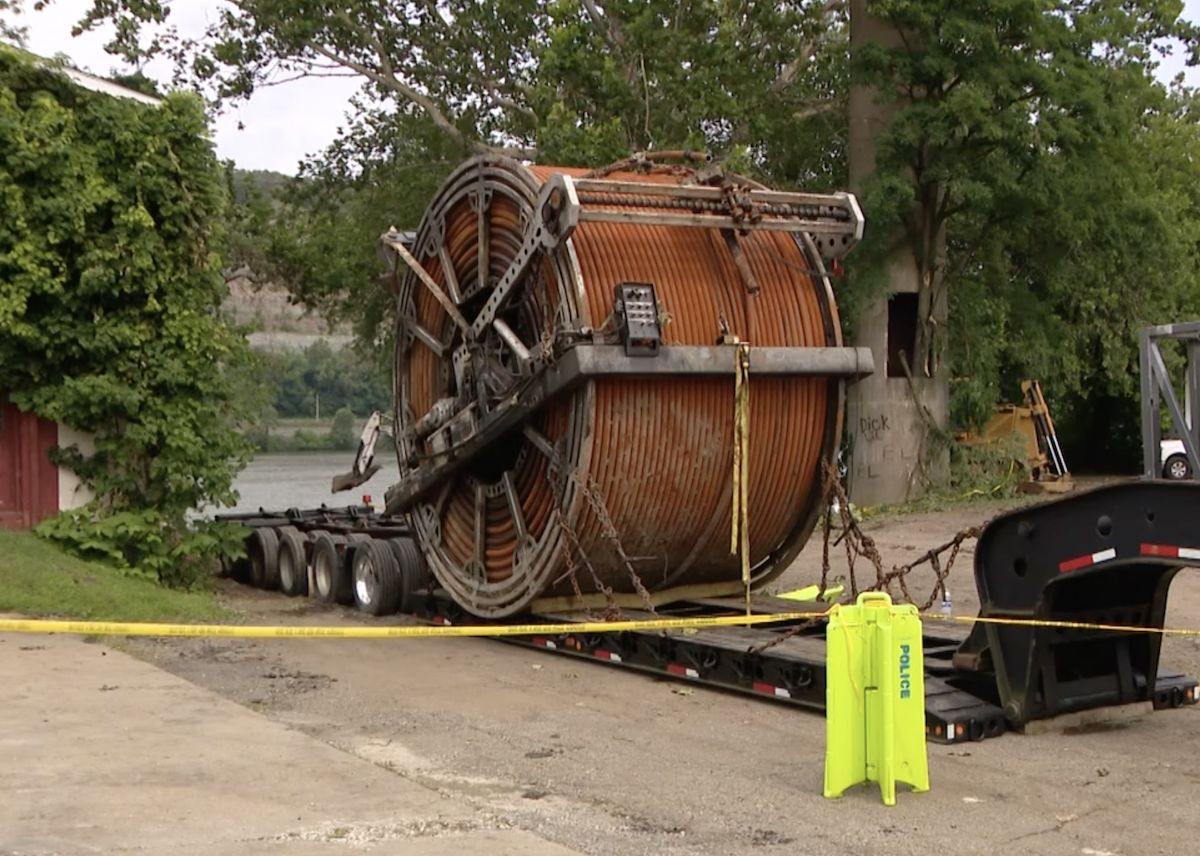With the transportation sector being the largest source of GHG emissions in the U.S.1, fleets are increasingly feeling the pressure to lower carbon emissions. One of the most popularly discussed solutions is the move toward electric vehicles. While progress has been made in bringing electric trucks to market — challenges remain.
Thankfully, there is a solution available today, which requires no infrastructure or equipment investments — bio-based fuels, which include biodiesel and renewable diesel. Let’s see how they compare to electric.
EnDura FuelsTM from Chevron Renewable Energy Group is a complete line of high-quality bio-based diesel solutions for fleets in all modes, including trucking — enabling lower carbon intensity and improved engine performance while supporting your profitability targets. Learn more at https://www.regi.com/industries/trucking
Availability: biodiesel vs. electric trucks
Manufacturers like Tesla, Volvo and Daimler have all recently debuted battery-electric trucks, yet widespread adoption is predicted to take decades. In fact, Bloomberg New Energy Finance estimates that only 19% of heavy-duty trucks will be electrified by the year 2040.2 By contrast, bio-based fuels are available today and don’t require infrastructure investment or equipment modifications. And the impact may be greater than many realize.
Which is more effective at reducing carbon?
In addition to the availability and ease-of-transition benefits of bio-based fuels, the carbon reduction impact may be surprising — especially in comparison to electric vehicles. In fact, biodiesel may be 56% more effective in reducing carbon than electric, when taking the grid into consideration.3
It’s important to not just look at tailpipe emissions, but to look at the total lifecycle emissions of a power source. The California Resource Board (CARB) has a calculation for this called a Carbon Intensity (CI) score. The lower the CI score, the lower its lifecycle emissions. The CI score for electricity in California has consistently been higher — often significantly higher — than the CI score for biodiesel over the last five years.4 And while that gap has narrowed over the last couple of years in California, it’s fair to assume the gap is much wider in states with less green sources of power generation. For example – California generates 0.1% of its electricity from coal, whereas the average of all 50 states plus Washington D.C. is 22.78%.5
Biodiesel vs. diesel carbon emissions
With internal combustion engines not going away anytime soon, a simple switch to biodiesel is one of the easiest ways to make an impact today – and well into the future. Just how much of an impact does it make? Versus petroleum diesel, biodiesel can reduce emissions by:
- Up to 100% for fossil carbon6
- Up to 70% for total hydrocarbon7
- Up to 70% for particulate matter7
For an estimate of how much your fleet could reduce emissions by switching to biodiesel, try our CO2 emissions calculator.
Which bio-based fuel is right for me?
Chevron Renewable Energy Group offers a complete line of fuel solutions in the EnDura FuelsTM family, which can help meet your unique lower carbon and profitability goals. Those fuels include:
- InfiniD™ is a biodiesel solution that can provide engine performance and emissions benefits to fleets looking to reach lower carbon goals economically.
- PuriD™ is a next-generation “Ultra Biodiesel” that provides seamless blending with renewable diesel and also enables higher blend levels with petroleum diesel year-round, managed with the same cold flow properties used to manage petroleum fuels.
- VelociD™ is an ultra-high cetane renewable diesel that acts as a direct replacement to petroleum diesel – providing maximum engine performance, while reducing carbon emissions.
- UltraClean BlenD™ is a proprietary, renewable fuel combination of VelociD™ and PuriD™ that allows for a reduced carbon intensity today in virtually any diesel application.
Ready to make the switch?
Contact us today.
Chevron Renewable Energy Group is leading the energy and transportation industries’ transition to lower carbon by converting renewable resources into high-quality fuels. We are an international producer of lower carbon fuels that significantly lower greenhouse gas emissions to immediately reduce carbon impact. Chevron Renewable Energy Group utilizes a global integrated procurement, distribution and logistics network to operate 11 biorefineries in the U.S. and Europe. In 2021, the business produced 480 million gallons delivering 4.1 million metric tons of carbon reduction. Chevron acquired Renewable Energy Group in June 2022.
SOURCES
- https://www.epa.gov/greenvehicles/fast-facts-transportation-greenhouse-gas-emissions
- https://blogs.edf.org/energyexchange/2020/09/22/walmart-commits-to-100-zero-emission-trucks-by-2040-signaling-electric-is-the-future/
- Carbon intensity for EVs based on eGRID 2020 figures and EV EER of 3.8 for transit buses per National Renewable Energy Laboratory
- https://ww2.arb.ca.gov/resources/documents/low-carbon-fuel-standard-reporting-tool-quarterly-summaries
- https://www.nei.org/resources/statistics/state-electricity-generation-fuel-shares
- Product is produced from renewable oils and fats. Methanol used to make biodiesel and hydrogen used to make renewable diesel and SAF are typically made from conventional natural gas, but can be produced from renewable resources
- CARB Assessment of the Emissions from the Use of Biodiesel as a Motor Vehicle Fuel in California “Biodiesel Characterization and NOx Mitigation Study.” Durbin (2011)






